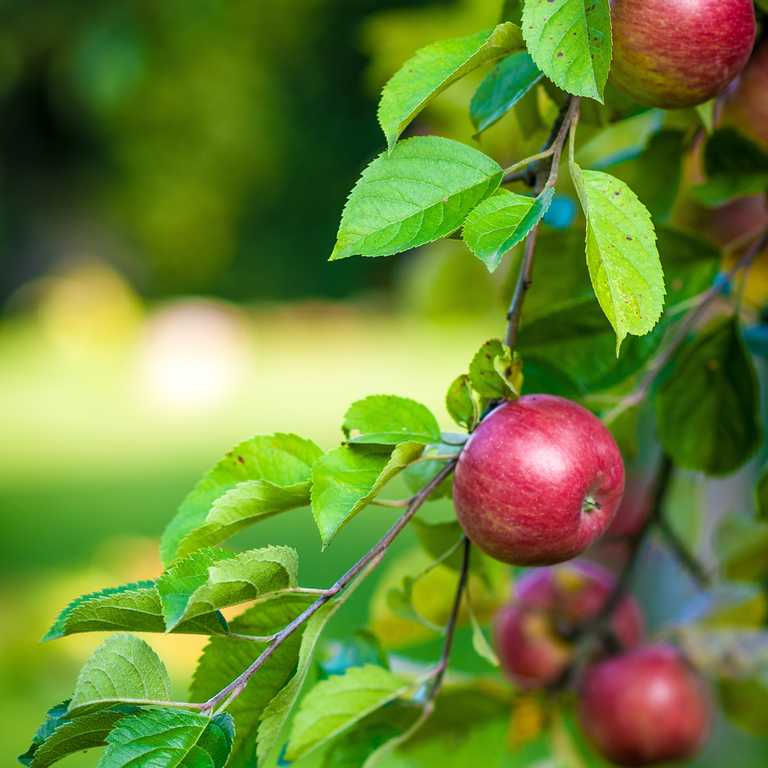Table of Content
Artificial Ripening Of Fruits

Fruits are the easy and affordable source of natural food available for the population. It is always suggested to add fruits into daily diets for vitamins, minerals and dietary fiber. Increased awareness about the benefits of fruits leads to increase demands of fruits among consumers and their availability in all seasons. As due to the climate conditions requirement for different fruits, it is needed to transport fruits from one place to another. Highly perishable fruits, if transported when fully ripened gets deteriorated very fast and of no use. To avoid this trader, harvest raw fruit and ripe them artificially. Ripening of a fruit is a natural process. The naturally ripened fruit becomes sweeter, less green, soft and more palatable. The high demand and commercialization of the food industry FBOs are using artificial ripening for early availability in the market. Almost 80% of the commercially available fruits are ripened using chemicals.
FSSAI has approved the use of ethylene gas for ripening. As per FSSAI artificial ripening of fruits by acetylene (carbide) is banned and only ethylene can be used at a concentration up to 100µl/L depending upon the crop variety and maturity level of fruits.
Standard Procedure for Artificial Ripening
Points to Remember-
- Combination of ethylene and acetylene cannot be used. Ethylene used must not come in direct contact with fruits
- The ripening chamber must be air tight, proper air circulation, Ethylene generation/injection system
- Humidity maintenance system
- Display boards indicating relative humidity, temperature, CO2 and ethylene concentrations.
- Fruits should be kept in ventilated plastic containers with a gap of 4-6 inch from the wall and adjacent trays.
- The room must only hold 75% of its capacity.
- For ripening chambers ethylene gas cylinders, compressed ethylene gas cans, ethylene generators, 2 chloroethyl phosphonic acid may be used.
- For ripening in cardboard boxes, 2 chloroethyl phosphonic acid in powdered form is used.
Procedure for Ripening
- Maintain the temperature and RH inside the ripening chamber.
- As the temperature and RH is achieved, put the fruits inside the chamber.
- Introduce ethylene gas into the chamber (any of the approved form mentioned above)
- Monitor CO2 level i.e. below 5000 ppm.
- Maintain temp, RH, Concentration of ethylene and CO2 level as per the table below.
- Remove fruits from the chamber and store at desired temperatures.
- Avoid excess interaction with ethylene.
Table: Ripening Time and Temperature of different Fruits
| Fruit | Ethylene Exposure Time (hours) | Ripening Temperature (°C) | Relative Humidity RH (%) |
| Banana | 24-48 | 15-18 | 90-95 |
| Mango | 24-48 | 20-22 | 90-95 |
| Papaya | 24-48 | 20-25 | 90-95 |
| Pear | 24-48 | 18-22 | 90-95 |
| Tomato | 24-48 | 18-20 | 90-95 |
Guide for Consumers while buying fruits:
- Buy fruits and vegetables from known dealers, reputed stores/ dealers who claim that food is not ripened using harmful gases.
- Wash fruits thoroughly with potable water.
- Avoid Fruits with black notches as they might be ripened with acetylene gas produced by calcium carbide.
Reference-
1.Guidance Note No: 04/2018.Artificial Ripening of fruits Ethylene gas- A safe fruit ripened. (Accessed on-20/02/2019)
Enquire Now
To enquire about our services please complete the form below and we will be in tough with you as soon as possible
Food Regulatory Services
- Consumer Product
- Compliance Services
- Licenses